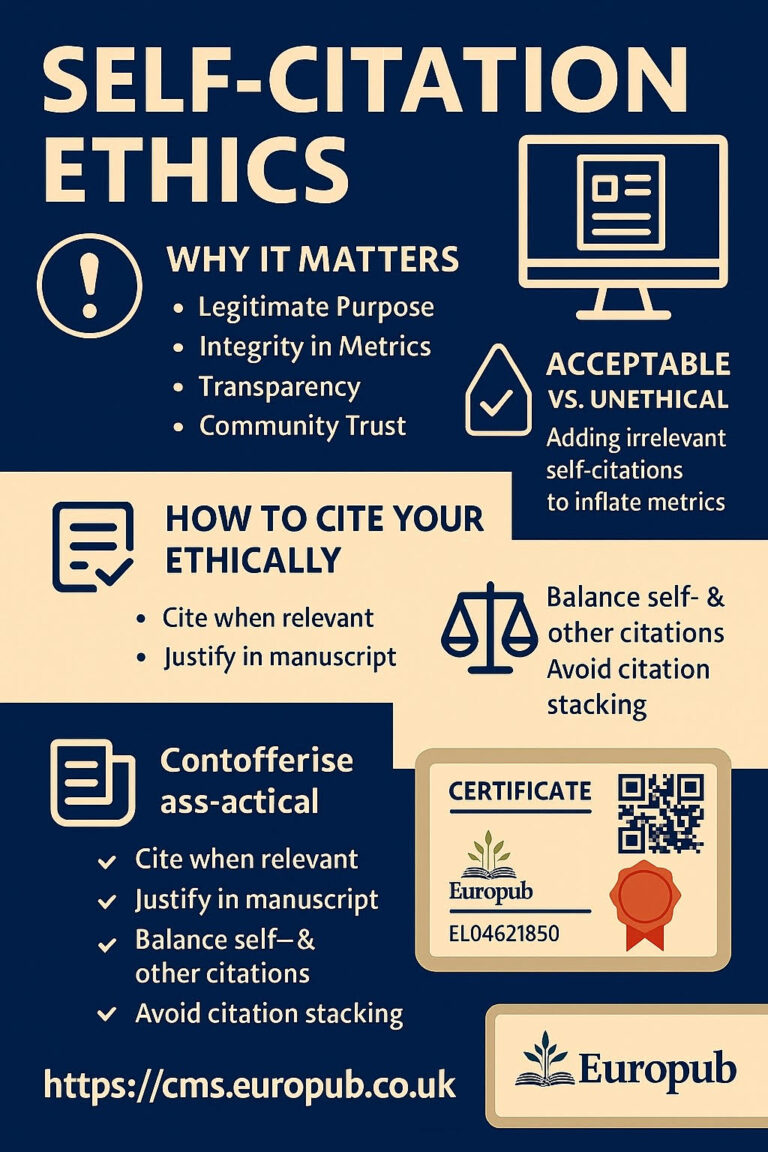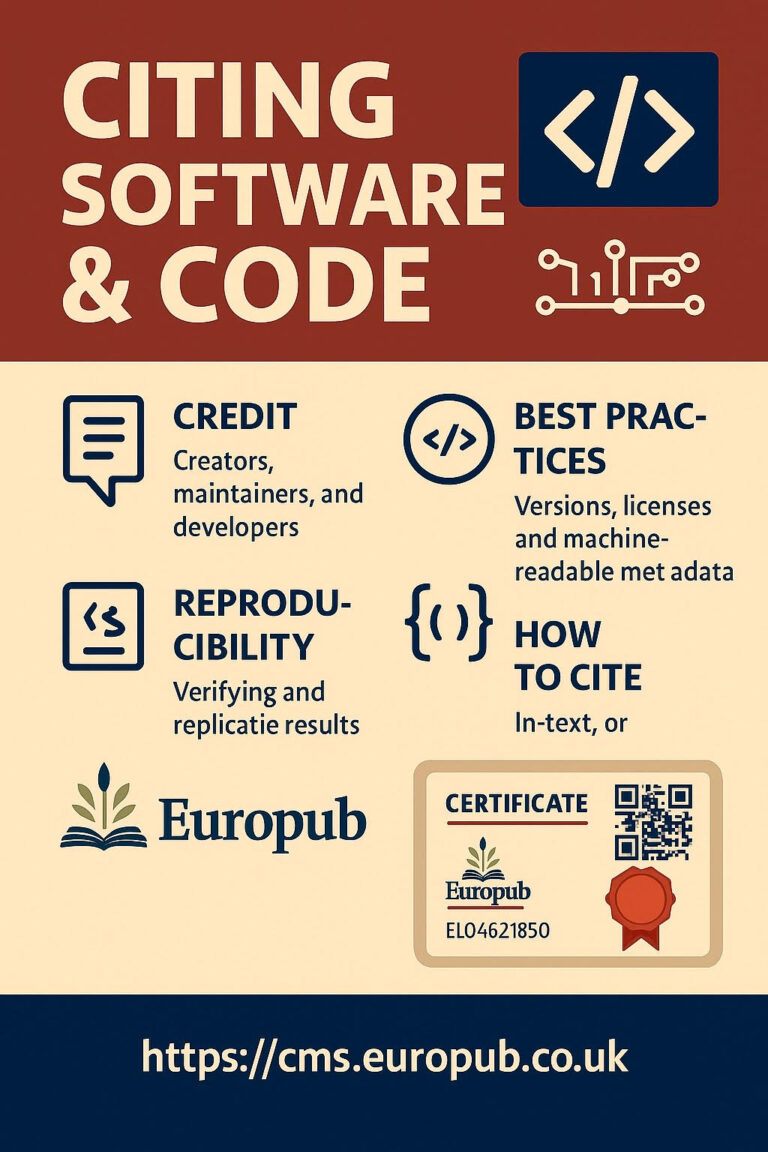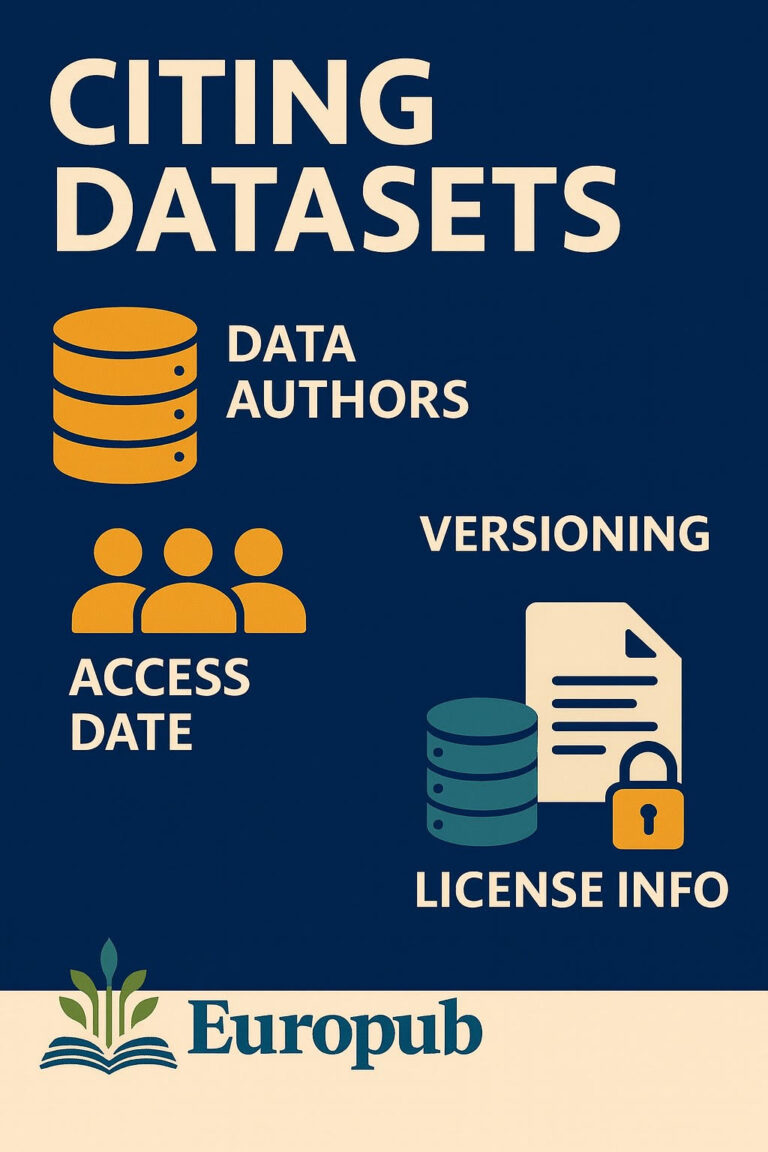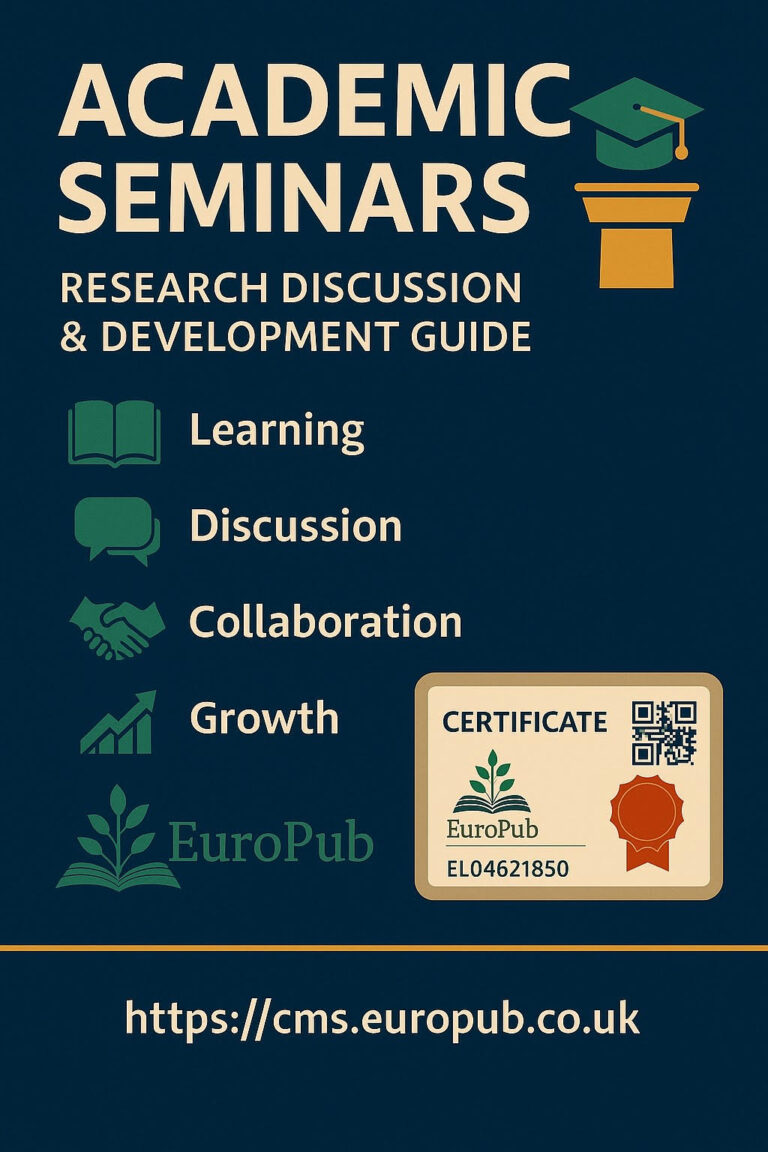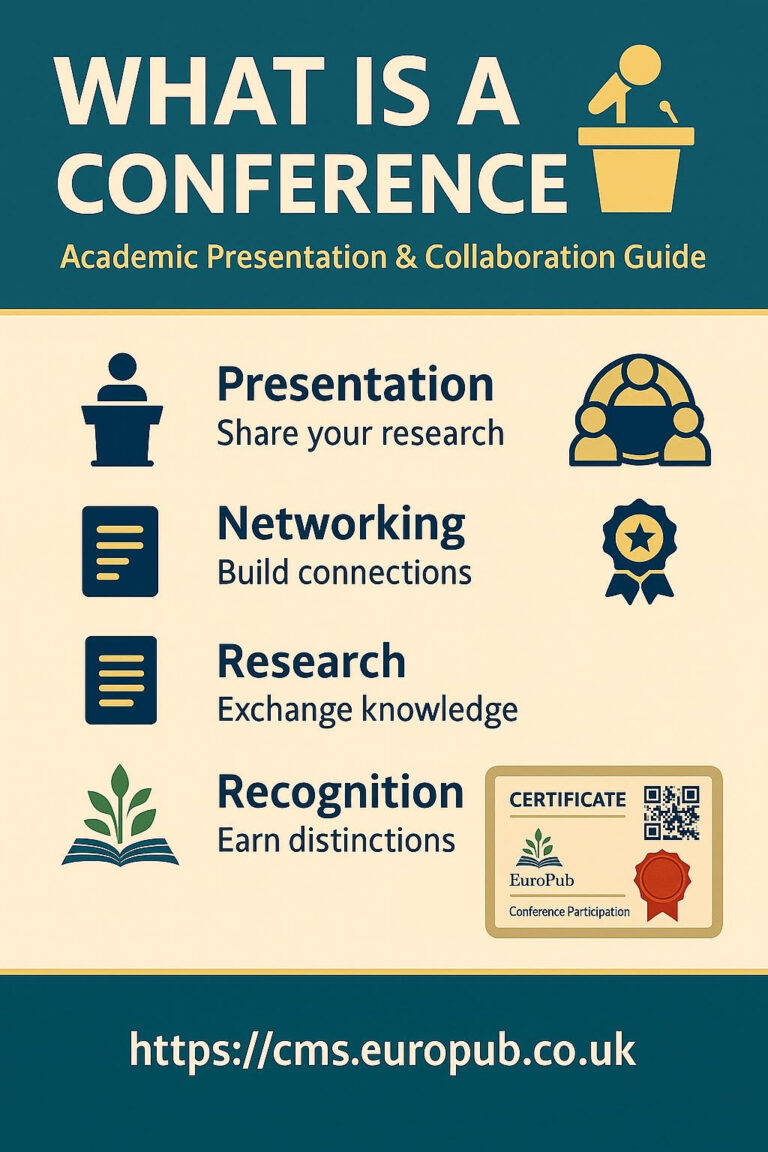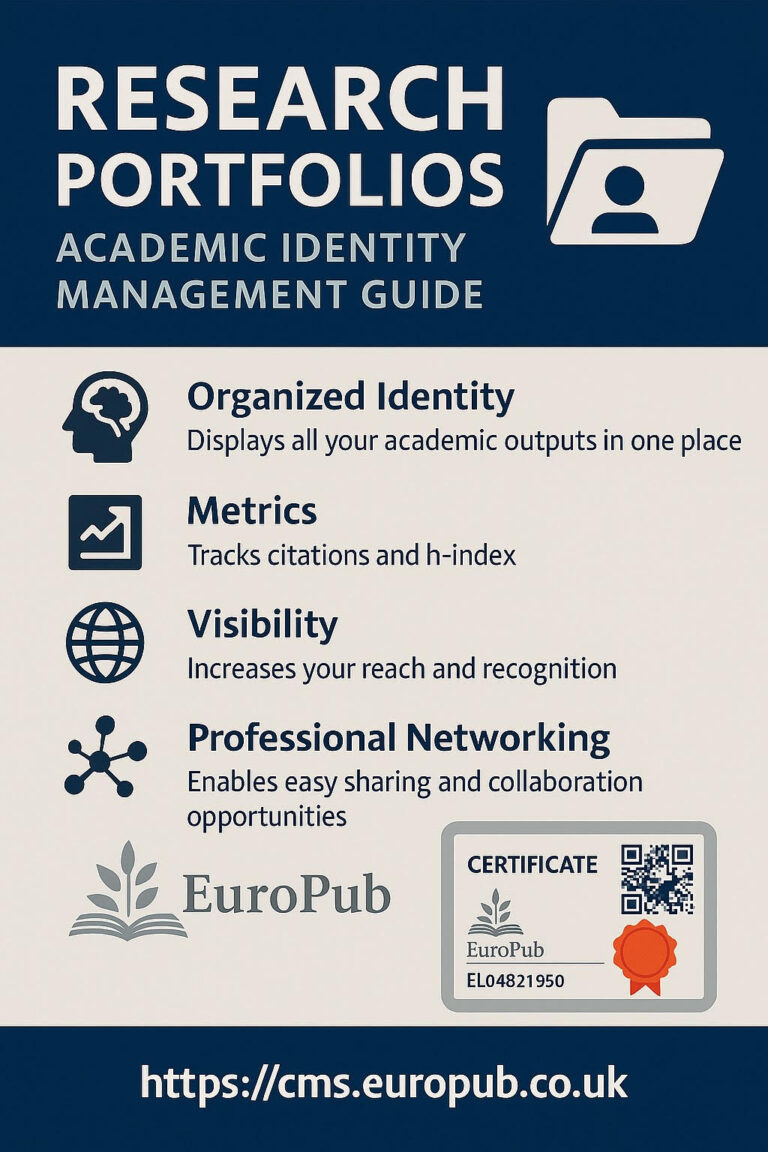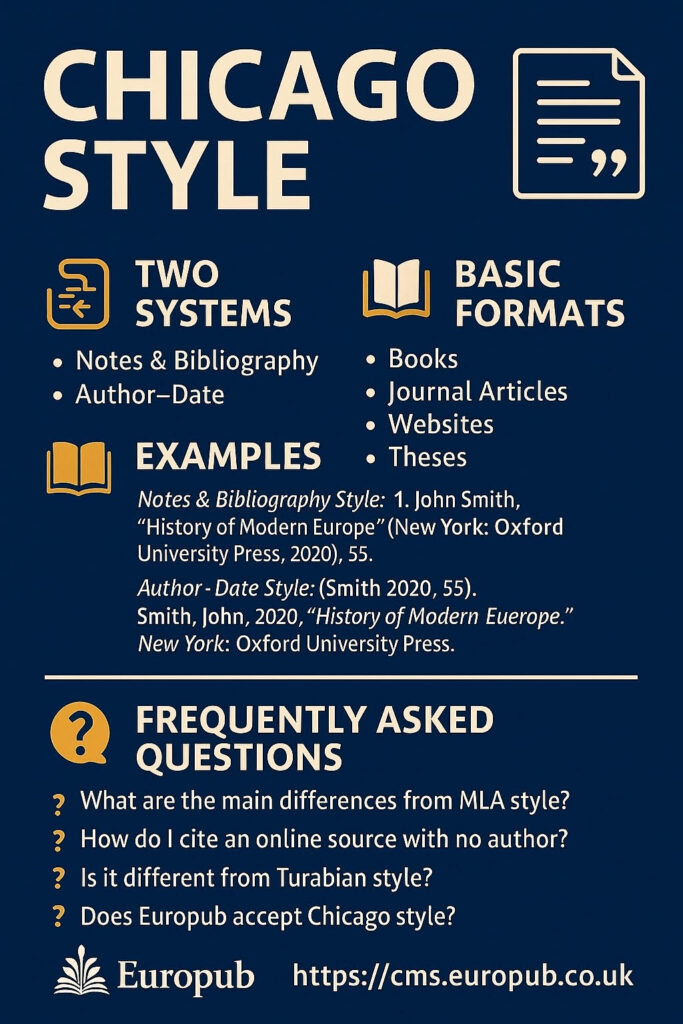
 Overview
Overview
The Chicago Manual of Style (CMOS) is one of the most respected citation and formatting systems in academic and publishing circles.
It offers two main documentation systems:
- Notes and Bibliography (NB) – often used in humanities (literature, history, arts).
- Author–Date – used in sciences and social sciences.
Chicago style emphasizes flexibility, clarity, and completeness — suitable for journals, books, and research papers that demand detailed source information.
 Two Documentation Systems
Two Documentation Systems
| System | Used For | Example In-text | Example Reference |
|---|---|---|---|
| Notes & Bibliography (NB) | Humanities | Superscript number (¹) | Footnote or endnote + Bibliography |
| Author–Date | Sciences | (Smith 2023, 15) | Smith, John. 2023. Title. London: Routledge. |
 Examples
Examples
 Notes & Bibliography Style
Notes & Bibliography Style
Footnote:
- John Smith, History of Modern Europe (New York: Oxford University Press, 2020), 55.Bibliography:Smith, John. History of Modern Europe. New York: Oxford University Press, 2020.
 Author–Date Style
Author–Date Style
In-text:
(Smith 2020, 55)
Reference list:
Smith, John. 2020. History of Modern Europe. New York: Oxford University Press.
 Basic Reference Formats
Basic Reference Formats
| Source | Notes & Bibliography | Author–Date |
|---|---|---|
| Book | John Smith, Economic Theory (London: Routledge, 2021). | Smith, John. 2021. Economic Theory. London: Routledge. |
| Edited Book | Lisa Brown, ed., Global Education Studies (Oxford: OUP, 2019). | Brown, Lisa, ed. 2019. Global Education Studies. Oxford: OUP. |
| Journal Article | David Chen, “AI in Education,” Journal of Learning 10, no. 2 (2023): 75–92. | Chen, David. 2023. “AI in Education.” Journal of Learning 10 (2): 75–92. |
| Website | “Research Ethics,” Europub Publishing, https://cms.europub.co.uk. | Europub Publishing. 2024. “Research Ethics.” https://cms.europub.co.uk. |
| Thesis | Maria Jones, “Climate Governance,” PhD diss., University of Leeds, 2022. | Jones, Maria. 2022. “Climate Governance.” PhD diss., University of Leeds. |
 Key Formatting Rules
Key Formatting Rules
- Titles of books and journals in italics
- Articles and chapters in quotation marks
- Double spacing
- Use Oxford (serial) comma
- Page numbers for direct quotations
- Include DOI for online journal articles
- Alphabetize bibliography by author surname
 Difference Between Harvard & Chicago
Difference Between Harvard & Chicago
| Feature | Harvard | Chicago (Author–Date) | Chicago (NB) |
|---|---|---|---|
| Citation Type | Author–Date | Author–Date | Footnote |
| Field | Social Sciences | Sciences | Humanities |
| Page Numbers | For quotes | For quotes | Always in footnotes |
| Example | (Lee, 2022) | (Lee 2022, 15) |
 Best Practices
Best Practices
- Choose one version (NB or Author–Date) and be consistent.
- Verify all punctuation and italics carefully.
- Always check your target journal’s style guide (some modify Chicago).
- Avoid mixing systems in one document.
- Include access dates for online materials.
 Tools & Resources
Tools & Resources
- The Chicago Manual of Style Online
- Zotero Style Repository – Chicago
- Mendeley Citation Styles
- Europub CMS – Certificate Verification
 FAQ — Chicago Style (Extended)
FAQ — Chicago Style (Extended)
 Basics
Basics
Q1: What’s the difference between Notes & Bibliography and Author–Date?
A: NB uses footnotes or endnotes with a full bibliography; Author–Date uses in-text citations.
Q2: Which version should I use?
A: Humanities → NB; Sciences/Social sciences → Author–Date.
Q3: Are URLs required?
A: Yes, for all online sources.
Q4: How do I cite multiple authors?
A: Two authors: (Smith and Jones 2022); 3+ authors: (Smith et al. 2022).
Q5: How do I format titles?
A: Italicize major works; use quotation marks for articles or chapters.
 Books & Articles
Books & Articles
Q6: How do I cite a translated book?
A: Add “Translated by [Name]” after the title.
Q7: How do I cite a chapter in an edited book?
A: Include author, chapter title, book editor, book title, pages, and publisher.
Q8: Can I cite unpublished material?
A: Yes, but include type — e.g., “unpublished manuscript” or “unpublished lecture.”
Q9: How do I cite conference papers?
A: Author, “Paper Title,” Conference Name, City, Year.
Q10: Are DOIs mandatory?
A: Strongly recommended for digital publications.
 Online Sources
Online Sources
Q11: How do I cite a webpage?
A: Author (or organization), “Page Title,” Website name, URL, access date.
Q12: What if there is no author?
A: Use organization or “Anonymous.”
Q13: How do I cite social media posts?
A: Include handle, content excerpt, platform, and date.
Q14: Are access dates required?
A: Yes, unless publication date is clearly visible.
Q15: Can I cite AI tools like ChatGPT?
A: Yes, with context and retrieval date (check publisher policies).
 Formatting Rules
Formatting Rules
Q16: How are bibliographies ordered?
A: Alphabetically by author surname.
Q17: Should entries be indented?
A: Yes, use hanging indent (0.5 inch).
Q18: Can footnotes replace bibliography?
A: Only if the paper is short and self-contained.
Q19: How should page ranges be formatted?
A: Use en dash (–), not hyphen (-).
Q20: Are quotation marks single or double?
A: Double for main quotes, single for quotes within quotes.
 Advanced Questions
Advanced Questions
Q21: What’s the citation rule for secondary sources?
A: Mention both, but cite the original when possible.
Q22: Are non-English sources cited differently?
A: Translate the title into English and note “[in Persian]” or similar.
Q23: How are government reports cited?
A: Use the issuing agency as the author.
Q24: Can images or figures be cited?
A: Yes, include author, year, and description.
Q25: Can footnotes include commentary?
A: Yes, Chicago allows brief notes or explanations in footnotes.
 Editorial & Europub Integration
Editorial & Europub Integration
Q26: Does Europub accept Chicago style?
A: Yes, for multidisciplinary and humanities journals.
Q27: How can I verify my citation format?
A: Use Europub’s Certificate Management System: https://cms.europub.co.uk.
Q28: Can Europub issue citation training certificates?
A: Yes — available for editors, authors, and reviewers.
Q29: Is Chicago compatible with DOAJ and Scopus indexing?
A: Yes, with proper metadata inclusion.
Q30: How do I check Chicago compliance automatically?
A: Use Mendeley or EndNote’s “Chicago (Full Note)” template.
 Conclusion
Conclusion
The Chicago Style remains one of the most elegant and flexible referencing systems for professional and academic publishing.
It’s ideal for journals indexed in Europub, Scopus, and Web of Science, providing clarity, structure, and global recognition.
 Prepared by: Europub Publishing Company Ltd. UK
Prepared by: Europub Publishing Company Ltd. UK
 Certificate Verification: https://cms.europub.co.uk
Certificate Verification: https://cms.europub.co.uk
